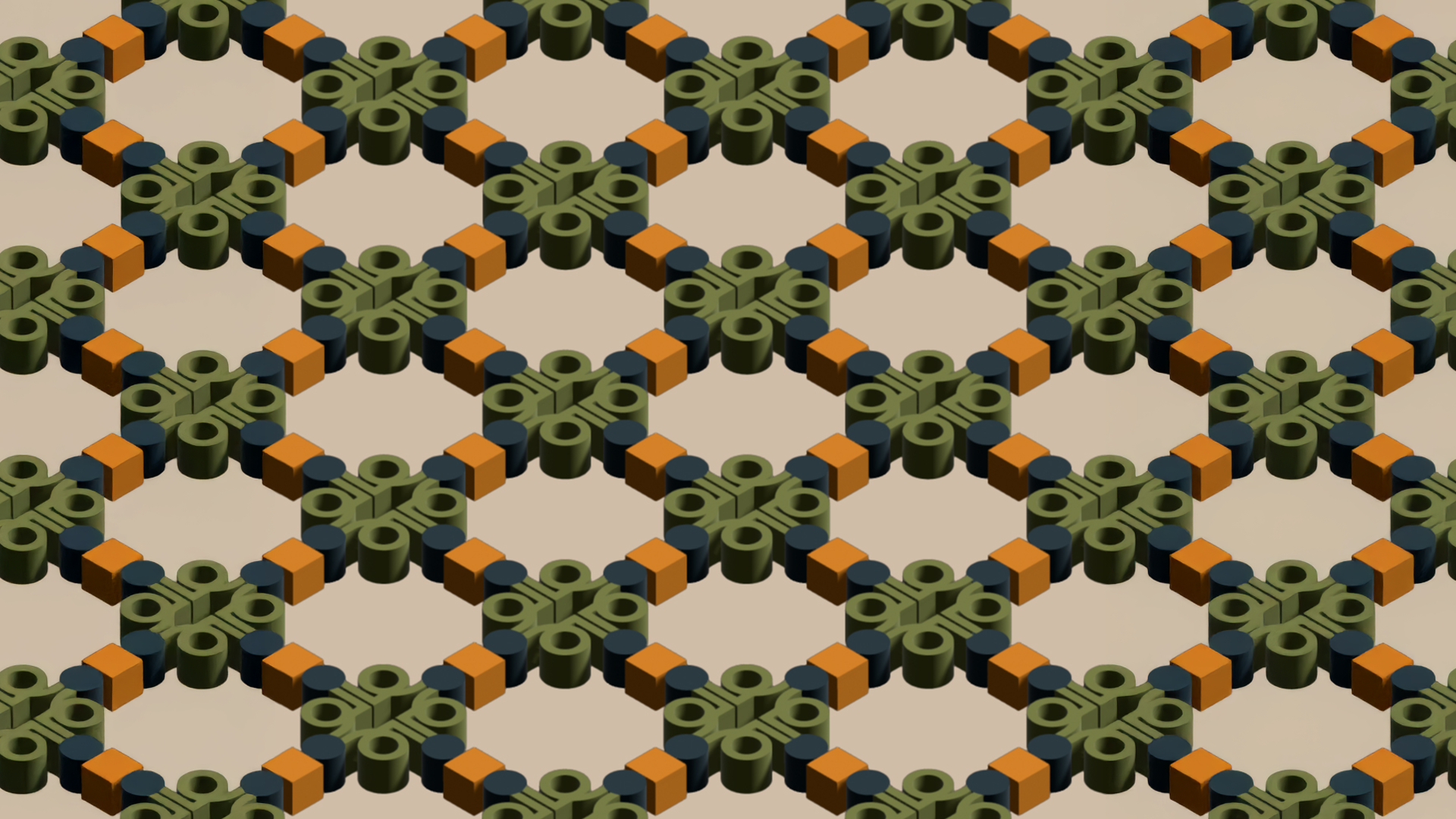The Future of Craft in a Digital Age

The Future of Craft in a Digital Age
We sketch by hand, cut and paste into notebooks, and spend hours leafing through old books and printed matter. At the same time, we build digital archives, test AI tools, and push new software to see where it can take us. We collect vinyl records but stream music every morning. We prefer books to Kindles, yet our research often begins online. That contradiction, between the tactile and the digital, the analogue and the algorithm, is not a conflict for us. It’s the space where craft is being redefined.
Craft has always absorbed the technologies of its time: the loom, the printing press, the sewing machine. Today, the loom is joined by neural networks and 3D printers. What matters is not the tool itself, but the choices a maker makes with it, the judgment, the sensibility, the lived experience. That is where the human hand still matters most.
Human Touch in a Digital World
A piece of knitwear, a ring, a ceramic vessel: all of these hold something no machine can generate, the weight of experience. Imperfections become a kind of signature, the way a brushstroke does in painting. AI can give us infinite images, but it can’t tell us which ones matter. That requires perspective, taste, and time lived. We often find ourselves using technology as a sparring partner, something to react to, push against, or refine. The value is in the dialogue between the tool and the hand, not in replacing one with the other.
The Return of Craft
Far from disappearing, craft is being revalued. In a world saturated with digital noise, the permanence of something handmade feels more urgent. According to Bain & Company, the global luxury goods market grew 8–10% in 2023, but within that, demand for artisanal and limited-production goods outpaced logo-driven fashion. Platforms like Etsy, once a niche, now facilitate billions in sales of handmade items. Younger generations, Gen Z in particular, are driving this return. A 2024 WGSN study noted that 68% of Gen Z consumers prefer brands that show “how things are made,” with process videos and maker stories converting more strongly than finished product shots.
This renewed appetite suggests that digital innovation has not replaced craft, it has spotlighted it. The faster our feeds move, the more people seek the grounding weight of something real.
When Digital Enables Craft
But the binary of “digital vs handmade” is misleading. The most interesting work today happens at the intersection. Iris van Herpen fuses 3D-printed structures with hand-sewn organza. Issey Miyake’s pleating system, developed decades ago, feels like the prototype for today’s computational textiles. Even in jewelry, studios are experimenting with 3D-printed wax models that are then cast and finished by hand, merging precision with artistry.
At AFORMA, our approach is exploratory. We test AI image generators to build moodboards, but still cut, paste, and annotate printed books. We experiment with modular jewelry, but know it must be sketched, weighted, and worn on the body before it feels right. Our knitwear is produced in an experimental lab in Portugal that encourages us to break patterns and push their machines beyond standard programming, but human hands still adjust every sample.
Technology extends possibilities, but it cannot replace judgment. The craft remains in knowing what to keep, what to discard, and where to stop.
Looking Ahead
The next decade will not be about choosing between the digital or the handmade. It will be about blending them in ways that create meaning. Digital passports for handbags, blockchain provenance for jewelry, and AI-assisted design tools, all of build trust, traceability, and accessibility. But their purpose should be to amplify craft, not overshadow it.
For us, the future of craft is less about tools and more about attitude: curiosity, openness, and a willingness to learn. Each new category we explore forces us into unfamiliar territory — new materials, new partners, new technologies. We do not see this as dilution. We see it as an expansion. The digital is not the opposite of craft. It is part of its future.


